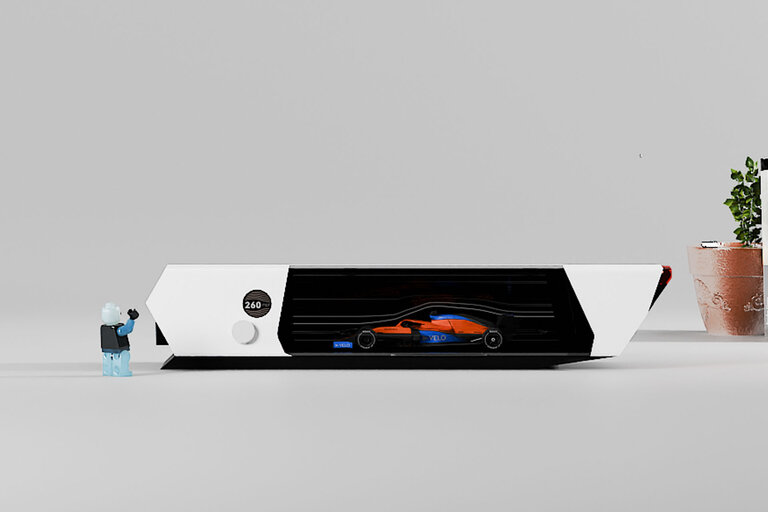
When should you drop full coverage on your car? The answer varies depending on the type of car you drive, your financial situation, and the exact type of coverage you carry. Full coverage has different meanings based on the state where you live and the insurance company you use. Here’s what you need to know about what is usually included in full coverage car insurance and when you can get rid of these policies.
Components of Full Coverage
Full coverage starts with the minimum required coverage in your state, including bodily injury liability and property damage liability. These policies pay for the costs experienced by other individuals if you cause an accident. Bodily injury covers medical expenses and lost wages as well as your legal fees if anyone sues you after a collision. Property damage liability covers damage to other vehicles, homes, and other assets.
Full coverage also includes comprehensive and collision insurance. Comprehensive coverage pays for damage to your vehicle that has a cause other than a collision. Examples include theft, vandalism, broken glass, fire, and extreme weather. While comprehensive coverage is sometimes mistaken for full coverage, it’s actually just one aspect of the whole package according to The Simple Dollar.
Collision coverage, typically paired with comprehension coverage, covers damage that happens in a collision with another vehicle or a stationary object. This policy pays to repair your vehicle whether or not you were at fault in the crash. If you lease or finance your vehicle, your lender or leasing company probably requires both comprehension and collision insurance under the terms of your contract.
Some full coverage policies also include coverage for accidents with an uninsured or underinsured motorist. These policies pay for property damage and bodily injury you experience in a collision caused by a driver who has no or insufficient insurance.
Personal injury protection (PIP), which is required in some states and optional in others, pays medical bills and related costs if you or your passengers are hurt in an accident. Most PIP policies include treatment for injuries, loss of ability to provide services, child care expenses, and income replacement. Medical payments or med pay coverage, which is also required in a few states, is a more limited type of policy that pays for direct medical costs only.
Your full coverage policy may include gap insurance. If you have an auto loan, you can select this optional coverage to pay the difference between the actual cash value of your vehicle and the balance of your loan if you total your car.
According to coverage.com, the average driver pays about $1555 a year for a full coverage policy that includes all the above coverage types except med pay and gap.
Reasons to Drop Full Coverage
You should think about dropping your full coverage insurance policy if:
- You drive a high-mileage car. Quote Wizard notes that the value of your car drops with the rising odometer reading, which means that older cars with lots of miles do not need the protection of full coverage.
- You struggle to fit the cost of auto insurance in your budget. Generally, you should try to balance affordable coverage with financial protection in case of a crash. Talk to your insurance agent about stepping down from full coverage to save money without dramatically increasing your risk level.
- Your car is worth less than the cost of your full-coverage policy. Coverage.com recommends checking the value of your vehicle against your monthly premiums when making this auto insurance decision.
- You have relatively high risk tolerance. You prefer to save a few dollars each month in exchange for the financial burden of paying for accident repairs yourself.
- You rarely drive. If you don’t put many miles on your car, you have a much lower risk of damaging your vehicle in an accident than someone who commutes daily.
Reasons to Keep Full Coverage
Conversely, in some situations, it makes sense to maintain full coverage on your auto. For example, if you financed your vehicle and still have money left on the loan, you probably have to keep comprehensive and collision coverage until you finish paying the balance and own the car outright.
If you have a new model car, you probably want to keep full coverage even if you bought it without a loan. Having appropriate insurance protects your investment in your vehicle and prevents a large out-of-pocket expense if an accident happens.
Some older cars still have a fair amount of value. If you have a classic or rare vehicle that has held its value even after several years of ownership, you should weigh the cost of keeping full coverage. This also goes for a car that you plan to keep and tends to have expensive repairs. Comprehensive and collision policies can help offset costly parts.
You also might just feel uneasy about dropping full coverage on your car. In this case, the peace of mind that comes from insurance may be more valuable to you than the premium you pay for your auto policy.
Reasons to Drop Comprehensive or Collision Coverage
You can also drop certain aspects of a full coverage policy without reducing your protection to minimum coverage. For example, you might want to drop comprehensive coverage if:
- You park your car in the garage and protect it from animals, falling objects, and severe weather.
- You plan to replace your car next time it needs big repairs.
- Your car is worth less than the deductible on your comprehensive coverage.
You can probably live without collision coverage if you can afford to pay for a new car after an accident, you drive a car worth less than your collision deductible, or you rarely drive.
The bottom line? The right amount of insurance coverage for your car depends on your specific situation. You need to assess your needs and risk level. Think about how car insurance fits into your budget and whether you have an emergency fund in place to help cushion the blow after the expense of a serious auto accident.
Check this out if you need additional information, resources, or guidance on car insurance.
Sources:
https://www.thesimpledollar.com/insurance/auto/when-should-you-downgrade-your-car-insurance/
https://quotewizard.com/auto-insurance/when-should-you-drop-full-coverage
https://www.caranddriver.com/car-insurance/
https://www.coverage.com/insurance/auto/questions-to-ask-yourself-before-dropping-full-coverage/
https://www.caranddriver.com/features/g28592010/fun-affordable-appeciating-cars/
This content is created and maintained by a third party, and imported onto this page to help users provide their email addresses. You may be able to find more information about this and similar content at piano.io
Source link





